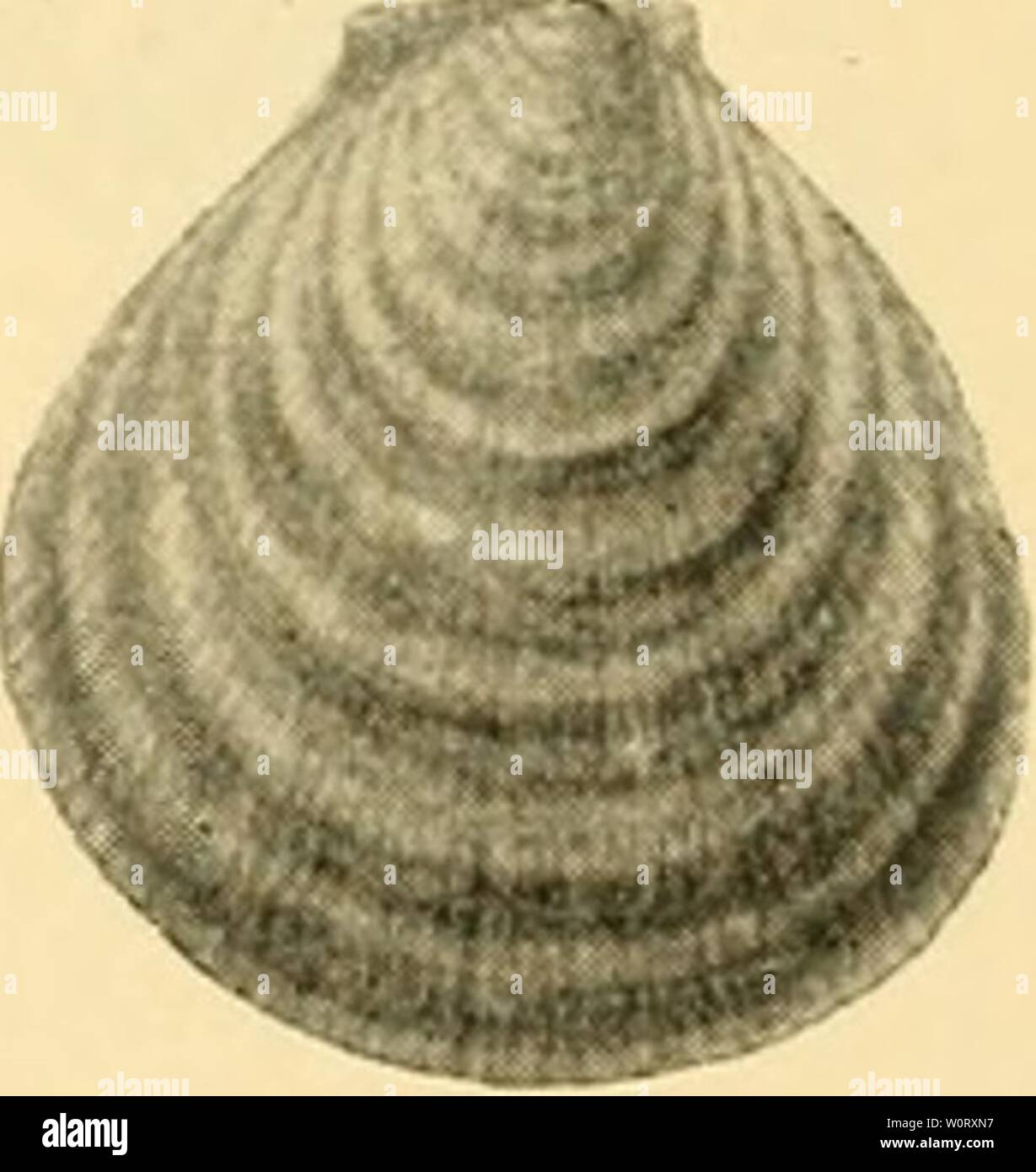Archive image from page 559 of The depths of the ocean. The depths of the ocean : a general account of the modern science of oceanography based largely on the scientific researches of the Norwegian steamer Michael Sars in the North Atlantic depthsofoceangen00murr Year: 1912 «-: occur occasionally in immense quantities. Crustaceans are represented by a characteristic deep-sea form, namely the isopod Glyptonotiis megaluriis, nearly related to a form that occurs in the arctic region in shallower waters; pycnogonids by Ascorhynchus abyssi; and molluscs by Pecten frigidus (see Fig. 369), Nephmea m

Image details
Contributor:
Actep Burstov / Alamy Stock PhotoImage ID:
W0RXN7File size:
5.7 MB (139 KB Compressed download)Releases:
Model - no | Property - noDo I need a release?Dimensions:
1375 x 1454 px | 23.3 x 24.6 cm | 9.2 x 9.7 inches | 150dpiMore information:
This image is a public domain image, which means either that copyright has expired in the image or the copyright holder has waived their copyright. Alamy charges you a fee for access to the high resolution copy of the image.
This image could have imperfections as it’s either historical or reportage.
Archive image from page 559 of The depths of the ocean. The depths of the ocean : a general account of the modern science of oceanography based largely on the scientific researches of the Norwegian steamer Michael Sars in the North Atlantic depthsofoceangen00murr Year: 1912 «-: occur occasionally in immense quantities. Crustaceans are represented by a characteristic deep-sea form, namely the isopod Glyptonotiis megaluriis, nearly related to a form that occurs in the arctic region in shallower waters; pycnogonids by Ascorhynchus abyssi; and molluscs by Pecten frigidus (see Fig. 369), Nephmea mohni, Natica batJiybi, etc. There are also some deep-sea sponges, prominent amongst which are the Hexactinellids; although not regularly distributed over the Norwegian Sea, they are found in great quantities to the north of Spits- bergen at a depth of 1000 metres, where they and another group (Tetrax- onia) constitute the most characteristic portion of the fauna. Outgrowths on their under sides enable them to hold fast to the soft bottom, which is littered with silicious spicules from dead sponges. Romer and Schaudinn have doubted whether the deep-sea fauna of those northern latitudes is to be considered zoo-geographically as a part of the fauna of the Norwegian Sea deep basin, or whether it belongs to a separate faunal area, the deep polar basin ; deep- sea sponges have, however, been subsequently found in quantities farther south (lat. 72 23' N., long. 13 50' W.) at a depth of 2000 metres.- The forms limited exclusively to the abyssal region, or at any rate only very exceptionally occurring in shallower waters, are not the only ones which characterise the Norwegian Sea deep basin, for we find regularly also a number of other forms met with on the slopes in the cold area. Just as the Norwegian Sea deep basin has its own (even though rather few) character- istic forms, which do not ascend to the arctic plateaus but con- stitute a typical deep-sea fauna, so, too, the plateaus h